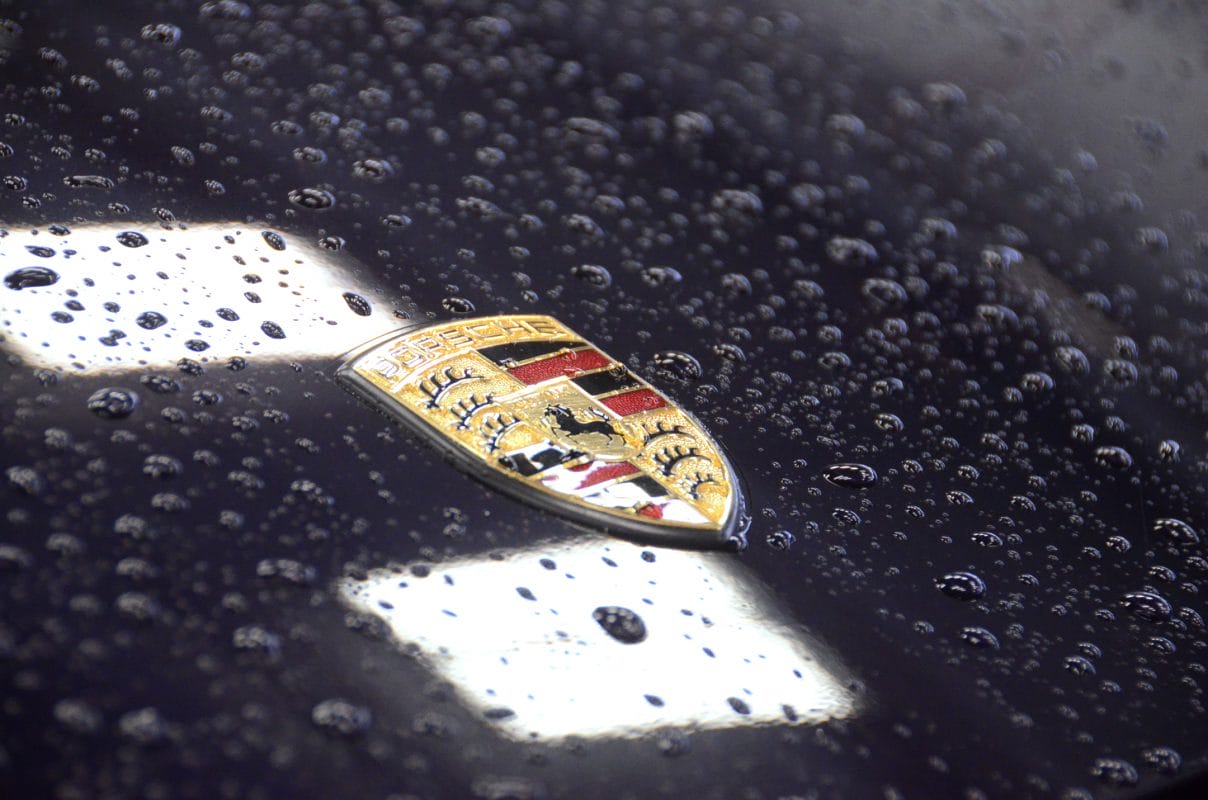Beginner Detailing Guides
Videos, articles, infographics and more on washing, polishing and ceramic coating.
DIY Matte Finish Care
Articles and vides on how to maintain a matte finish car in its original appearance.
Effect of DxPrime technology on automotive clear coat
The DxPrime technology relies on advanced microsphere abrasives and a proprietary nanogel to achieve its results. Microsphere abrasives work both to expedite and improve the quality of the correction process, with their sphere shape allowing for maximization of cutting facets and a more level finish following correction.
The nanogel has a dual function as both a carrier for the abrasives and as a protective, bond-optimizing pre-coating. As correction is carried out, the nanogel leaves behind film build that bolsters thickness prior to coating, protects from scratches, keeps the surface clean, and, most importantly, optimizes for coating bond durability.
DxPrime combines paintwork correction and priming to deliver the most durable ceramic coating possible. Being the technology behind Nano Surface Primers, DxPrime has several unique capabilities:
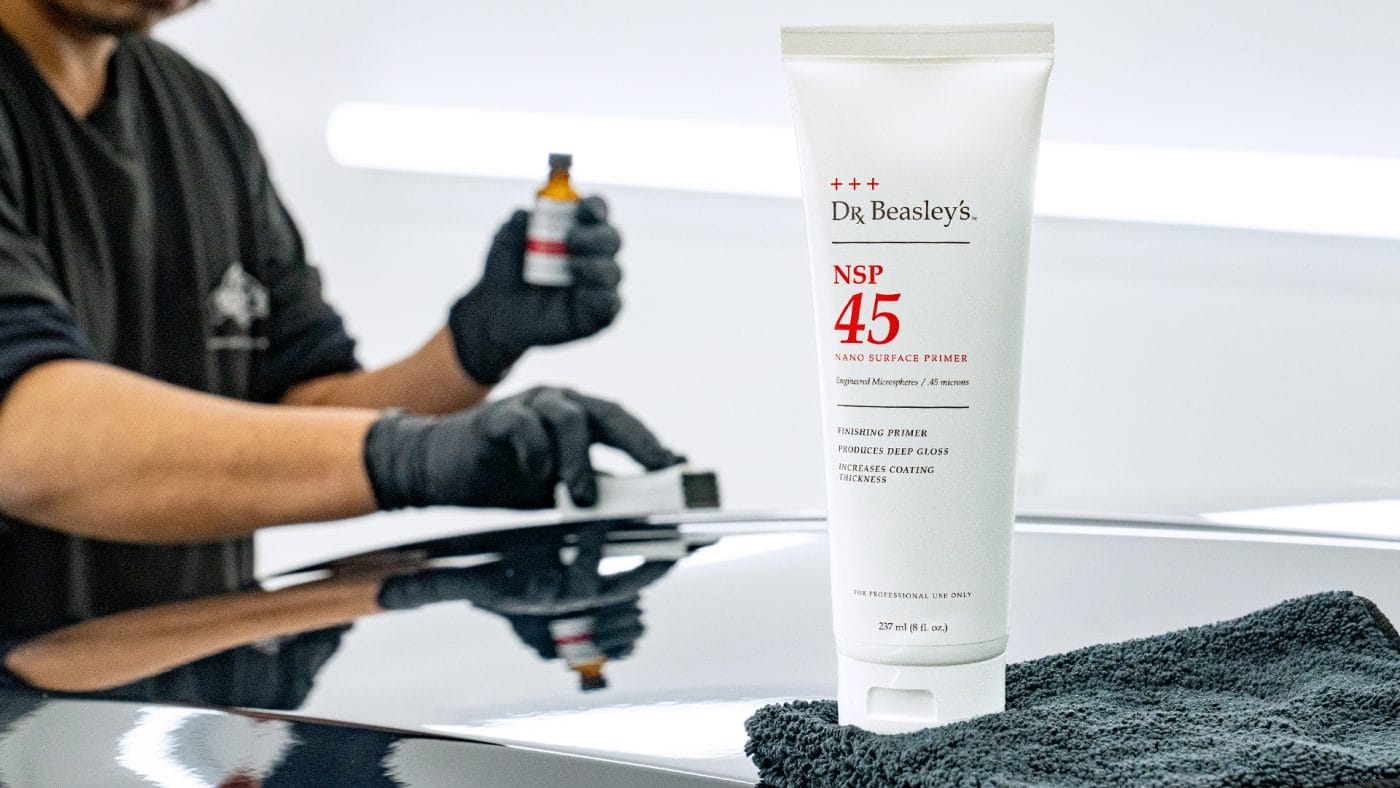
DxFlex technology powers the flexible nanostructure behind our “Pro” coatings. Nanostructure flexibility makes it possible for coatings to bend and warp with the underlying body panels, improving adhesion even under extreme conditions
This flexibility enhances scratch resistance as well, going even as far to naturally self-heal micro-marring, wash marks and other fine scratches. As a whole, these benefits of flexibility strengthen “Pro” coatings beyond conventional technologies.
DxFlex utilizes an elastomer nanostructure that allows for considerable flexibility, especially in comparison to typical polymer-based structures. Unlike conventional polymers, elastomers exhibit strong tensile strength, allowing the nanostructure to bend and bounce back without breaking under abrasive pressure or substrate warping.
Unlike dense polymer structures, elastomer structures are more spread apart, diffusing abrasive pressure so the force will not break the molecule bonds. This is why DxFlex achieves greater scratch resistance than hard, “9H” coatings.
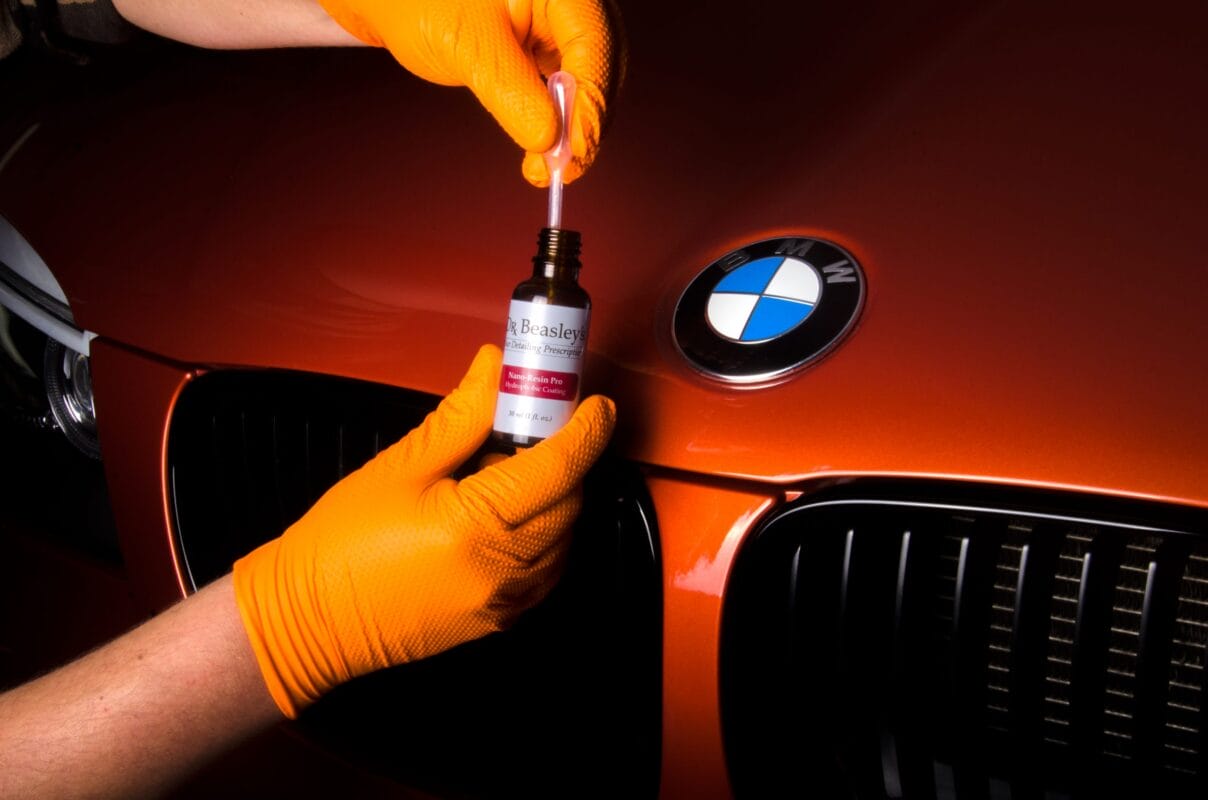
A breakthrough technology in matte finish care, DxMatte is how our matte ceramic coatings are able to preserve the light-diffusing sheen that matte and satin finishes are renowned for.
Whereas traditional ceramic coatings are designed to enhance or even produce gloss, coatings using DxMatte lock-in the existing finish, allowing for full ceramic protection without sacrificing the unique aesthetic.
DxMatte coating technology maintains a matte appearance by adhering to the microscopic hills and valleys present in matte and satin finishes. Traditional ceramic coatings fill in these imperfections, creating a smooth surface that reflects light at a consistent angle for a distinct reflection.
DxMatte, however, preserves these “hills and valleys”, ensuring light continues to diffuse at multiple angles, thereby maintaining the dull sheen these finishes are known for.
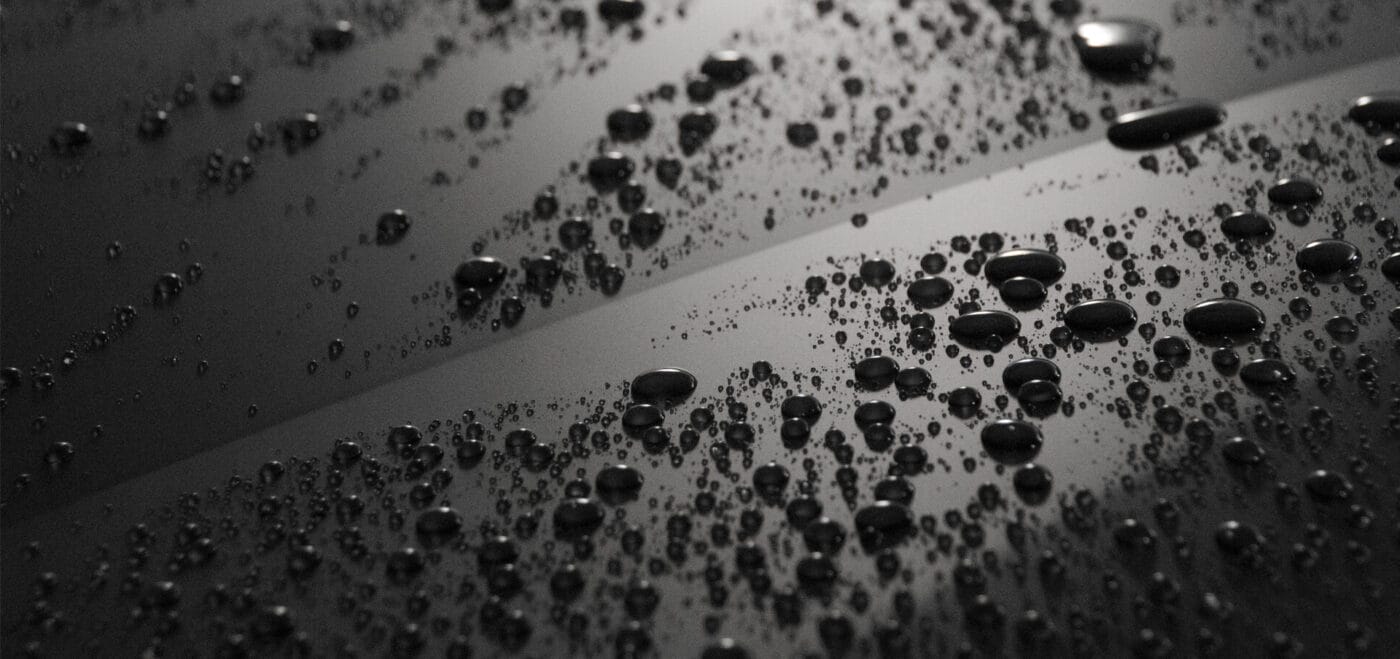
DxNine powers our interior detailing products, simultaneously cleaning and protecting surfaces to protect against stains and make future cleaning easier.
When using DxNine technology to clean, an invisible protective layer forms over the surface. This layer resists stains, contamination and general soiling to prevent permanent damage and make any future cleaning much easier.
DxNine first works by breaking down and lifting out contamination present in the affected surface. The technology then leaves behind a contaminant-resistant invisible polymer coating on the surface.
This resistance makes it more difficult for contaminants to bond with the surface, thereby reducing the effort needed to remove them. Each subsequent cleaning adds further layers of protection, continually enhancing the anti-dirtying properties of the surface.
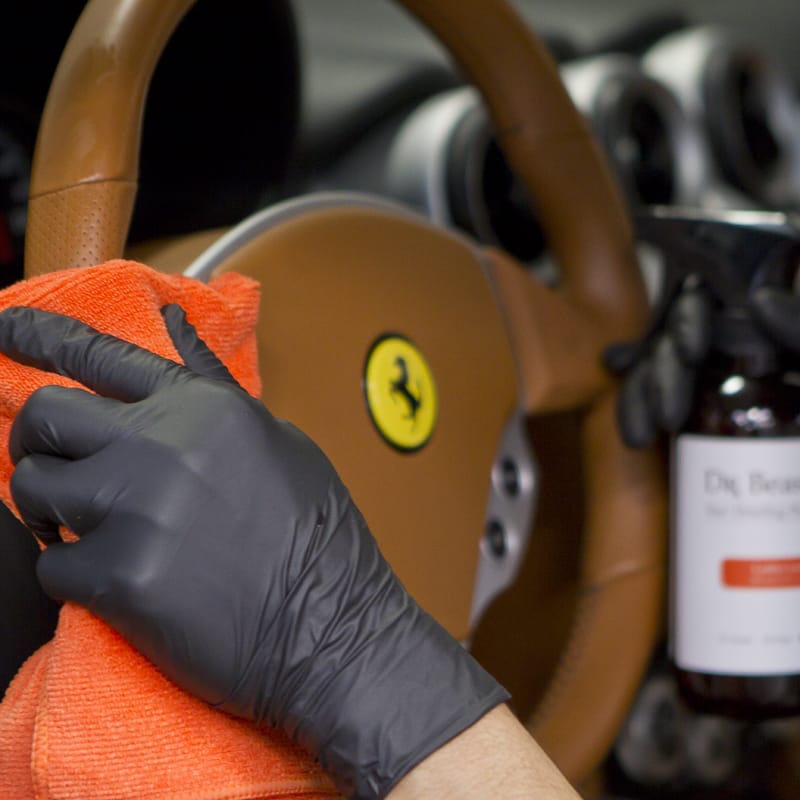
Dx1201 is what enables the protective qualities of our coatings. This ceramic technology has a number of surface-shielding benefits, including:
Dx1201 works by bonding an invasive, 3D-structured nanobarrier with the surface. This nanostructure exhibits an engineered texture optimized for hydrophobicity, creating a surface that actively pushes off water due to low sliding angle. This results in both a reduction in water spotting (less water beads remaining on surface) and a strengthening of the self-cleaning “lotus” effect.
